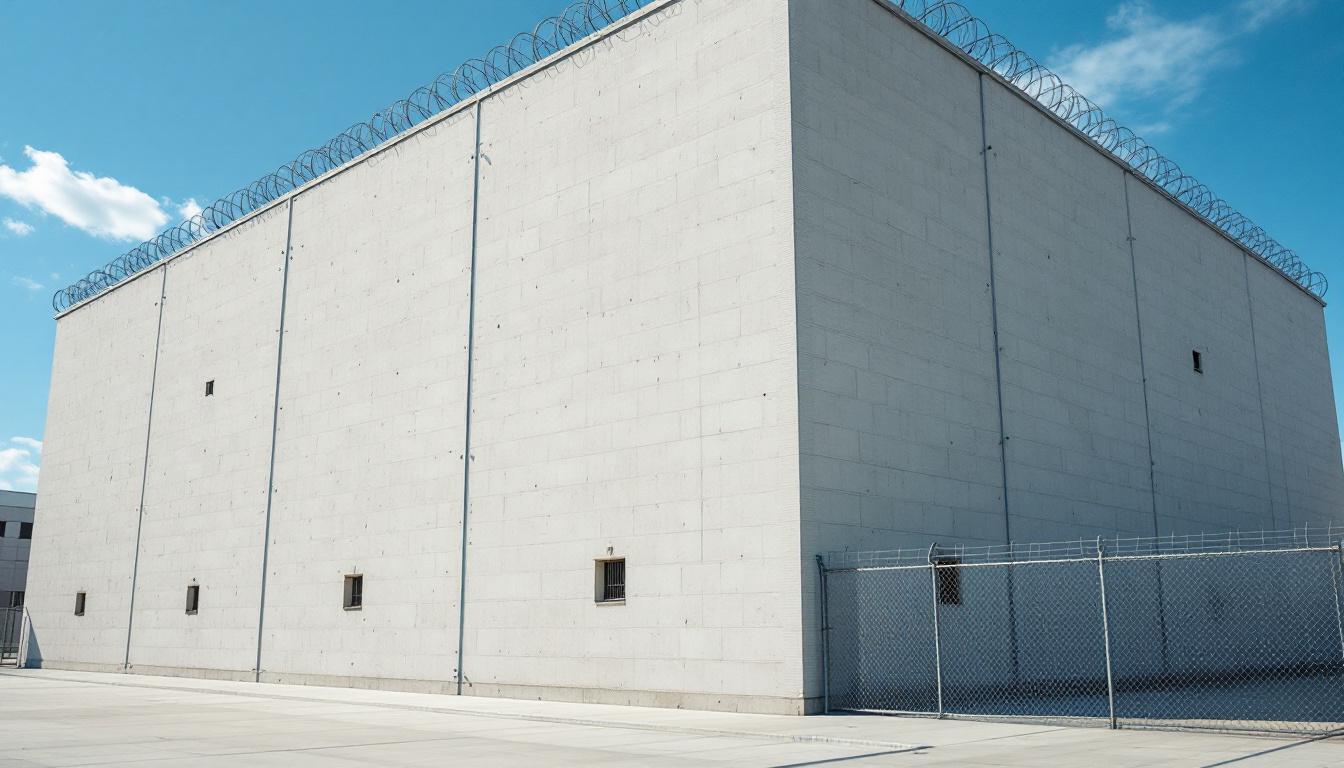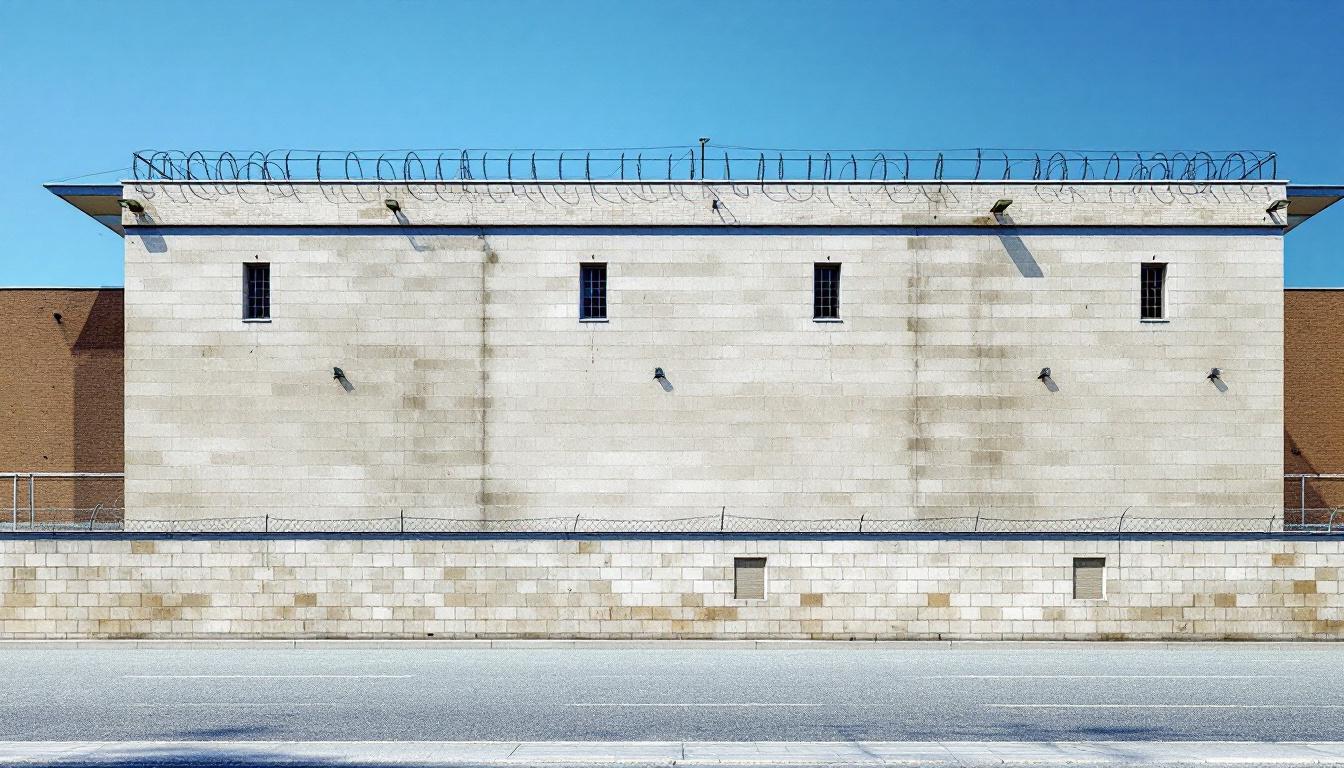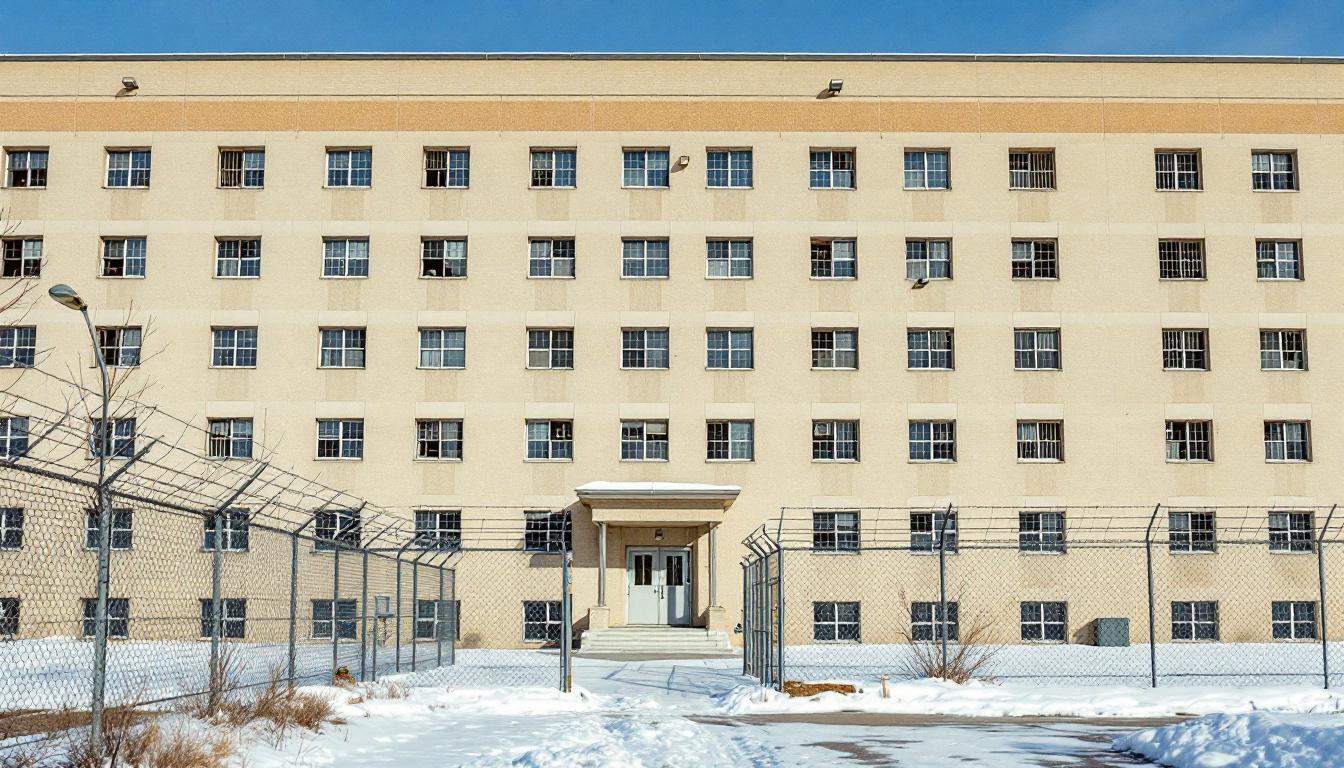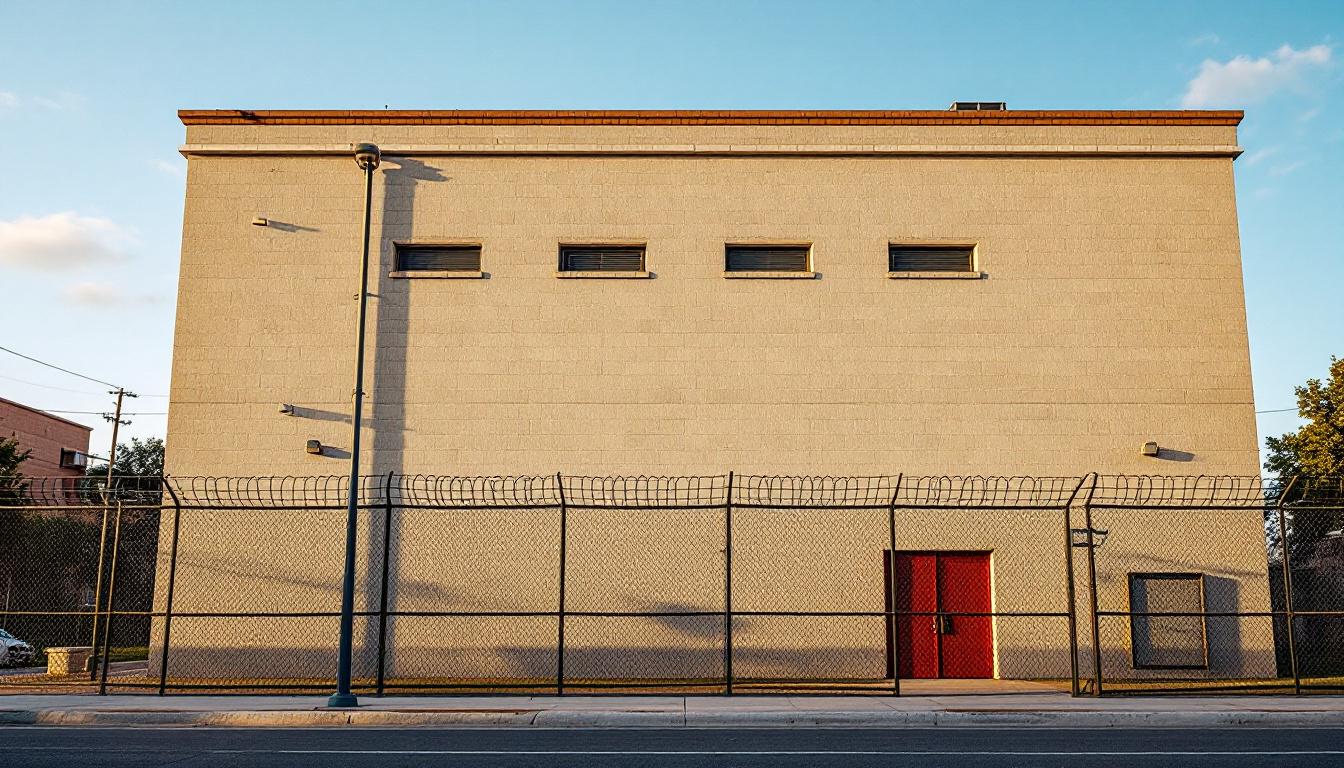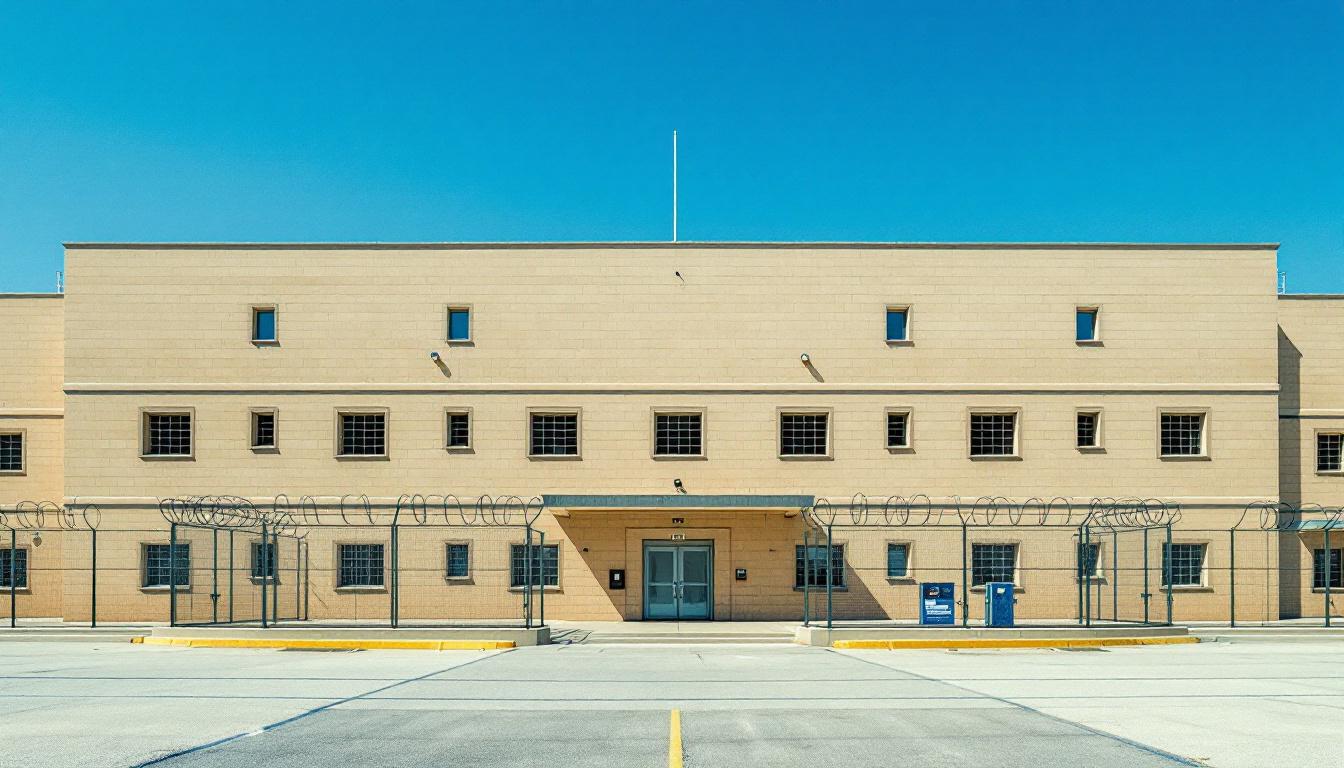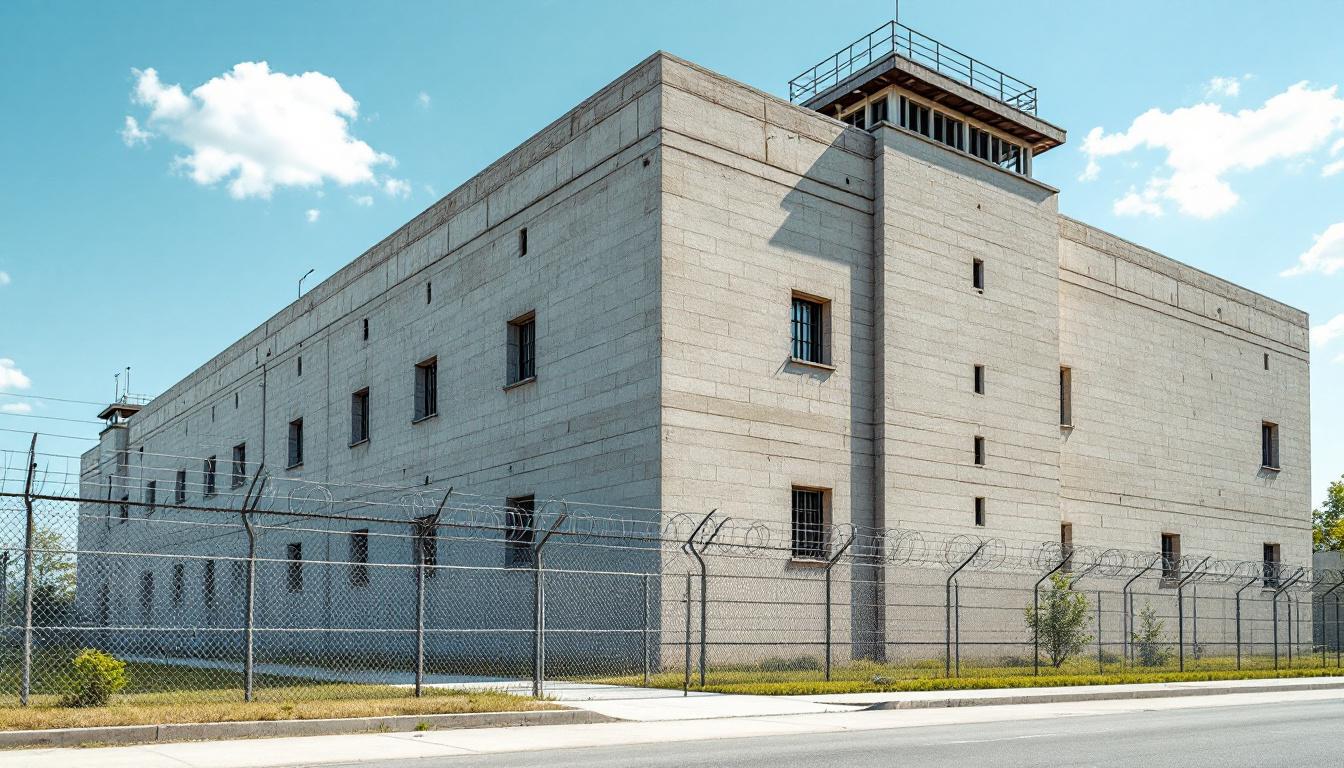
Quick Navigation
How to contact an inmate at Federal Detention Center, SeaTac
This comprehensive guide will walk you through how to connect with an inmate at Federal Detention Center, SeaTac. Follow the steps below to find an inmate and send letters and photos:
- Search for the inmate using our search tool below
- Create your account or log in to Penmate
- Write your message (up to 6,000 characters)
- Send instantly - inmates receive printed copies daily
Find an Inmate
Search for an inmate to start communicating today
Tip: You can search by first name, last name, or inmate ID number
To contact a person at Federal Detention Center, SeaTac start by searching for the person on the official facility website. Perform a search by following these steps:
- Step 1: Enter their first name and last name into the search form and click "Search"
- Step 2: Locate their inmate record
- Step 3: Write down their Inmate ID and any housing information provided
Important! Be sure to enter the person's full name. Nicknames should not be used.
How to Send Messages to Inmates

You can use your phone or computer to send emails, letters, and photos to an inmate. Messages are sent electronically to inmate tablets or kiosks at the facility. If you would like to send a message, start by searching for an inmate at Federal Detention Center, SeaTac.
Sending Photos and Postcards

A great way to send love and support to a loved one at Federal Detention Center, SeaTac is to send photos and postcards. It only takes a few minutes to send photos from your phone and it makes a huge difference. You can also mail postcards with words of support and inspiration, or design your own postcard for special moments like birthdays and holidays.
Important! Be sure not to send any explicit photos or they may not be approved by the facility. You can also use a photo printing app like Penmate to make sure your photos are printed at the correct size (4x6 or 3x5) and are mailed according to the rules and regulations of Federal Detention Center, SeaTac.
Frequently asked questions about Federal Detention Center, SeaTac
-
How long does it take to deliver a message?
If you're sending an email message your letter is usually delivered within 24-48 hours. For messages sent via mail you should expect delivery within 3-7 days. All messages will need be approved by Federal Detention Center, SeaTac.
-
How much does it cost to send a message to Federal Detention Center, SeaTac?
You can send a message free using your phone or mail a message via USPS for the price of a $0.60 stamp and envelope. You can also purchase credits or e-stamps from services starting at $1.99.
-
What services can I use to contact an inmate at Federal Detention Center, SeaTac?
Penmate
You can use Penmate to send letters and photos to an inmate from your phone. It's an easy way to stay in touch during your loved one's incarceration. Use the inmate locator to find an inmate's location and contact information, then you can send messages within a few minutes.
Securus messaging
Securus may be another option for communicating with an inmate at Federal Detention Center, SeaTac. You can create a friends and family account and purchase credits to send messages. All messages will be reviewed and must be approved by the facility.
JPay
Some county jails and state prisons may support sending messages with JPay. You must register an account with the system, find your loved one, and purchase stamps to send messages. For some locations you can also attach photos.
Smart Jail Mail
You may also check if Smart Jail Mail is available at Federal Detention Center, SeaTac. Smart Jail Mail is operated by Smart Communications and has contracted with some state and county jails. After purchasing credits, your messages and photos are sent to the facility, printed out, and then handed out to your loved one.
-
What is the mailing address of Federal Detention Center, SeaTac?
Mailing address:
Federal Detention Center, SeaTac
2425 S 200th St
Seattle, WA 98198
Phone: (202) 307-3198Business hours:
- Monday: 2:00 – 9:00 PM
- Tuesday: Closed
- Wednesday: Closed
- Thursday: Closed
- Friday: 2:00 – 9:00 PM
- Saturday: 7:30 AM – 2:30 PM
- Sunday: 7:30 AM – 2:30 PM
-
What are the visiting hours at Federal Detention Center, SeaTac?
Visiting hours at Federal Detention Center, SeaTac vary by housing unit and security level. Generally, visits are scheduled on weekends and holidays, with some facilities offering weekday visits. Contact the facility directly at (202) 307-3198 or check their website for the current visiting schedule. Visits typically last 30-60 minutes and must be scheduled in advance.
-
What items are prohibited when sending mail to Federal Detention Center, SeaTac?
Prohibited items typically include: cash, personal checks, stamps, stickers, glitter, glue, tape, staples, paperclips, polaroid photos, musical or blank greeting cards, hardcover books, magazines with staples, and any items containing metal or electronics. Only send letters on plain white paper with blue or black ink. Photos must be printed on regular photo paper (no Polaroids). Always check with Federal Detention Center, SeaTac for their specific mail policies.
-
How do I send money to an inmate at Federal Detention Center, SeaTac?
You can send money to an inmate at Federal Detention Center, SeaTac through several methods: 1) Online using JPay, Access Corrections, or the facility's approved vendor, 2) Money orders mailed directly to the facility with the inmate's name and ID number, 3) Kiosks located in the facility lobby, or 4) Over the phone using a credit or debit card. Fees vary by method, typically ranging from $2.95 to $11.95 per transaction.
-
Can I schedule a video visit with an inmate at Federal Detention Center, SeaTac?
Many facilities now offer video visitation as an alternative to in-person visits. At Federal Detention Center, SeaTac, video visits may be available through services like Penmate, Securus Video Connect, GTL, or ICSolutions. Video visits typically cost $10-20 for 20-30 minutes and must be scheduled in advance. You'll need a computer or smartphone with a camera and reliable internet connection. Contact the facility for their specific video visitation policies and approved vendors.
-
What identification do I need to visit an inmate at Federal Detention Center, SeaTac?
All visitors must present valid government-issued photo identification such as a driver's license, state ID, passport, or military ID. Minors must be accompanied by a parent or legal guardian who can provide the minor's birth certificate. Some facilities require visitors to be on the inmate's approved visitation list, which may require a background check. Contact Federal Detention Center, SeaTac for specific ID requirements and visitor approval procedures.
-
How can I find out an inmate's release date?
To find an inmate's release date at Federal Detention Center, SeaTac, you can: 1) Use the online inmate search tool if available, 2) Call the facility's records department, 3) Contact the inmate's case manager or counselor, or 4) Have the inmate provide this information during a call or visit. For privacy reasons, some facilities only release this information to immediate family members.
Facility Overview
Contact Information
Federal Detention Center, SeaTac2425 S 200th St
Seattle, WA 98198
Phone: (202) 307-3198
Official Website
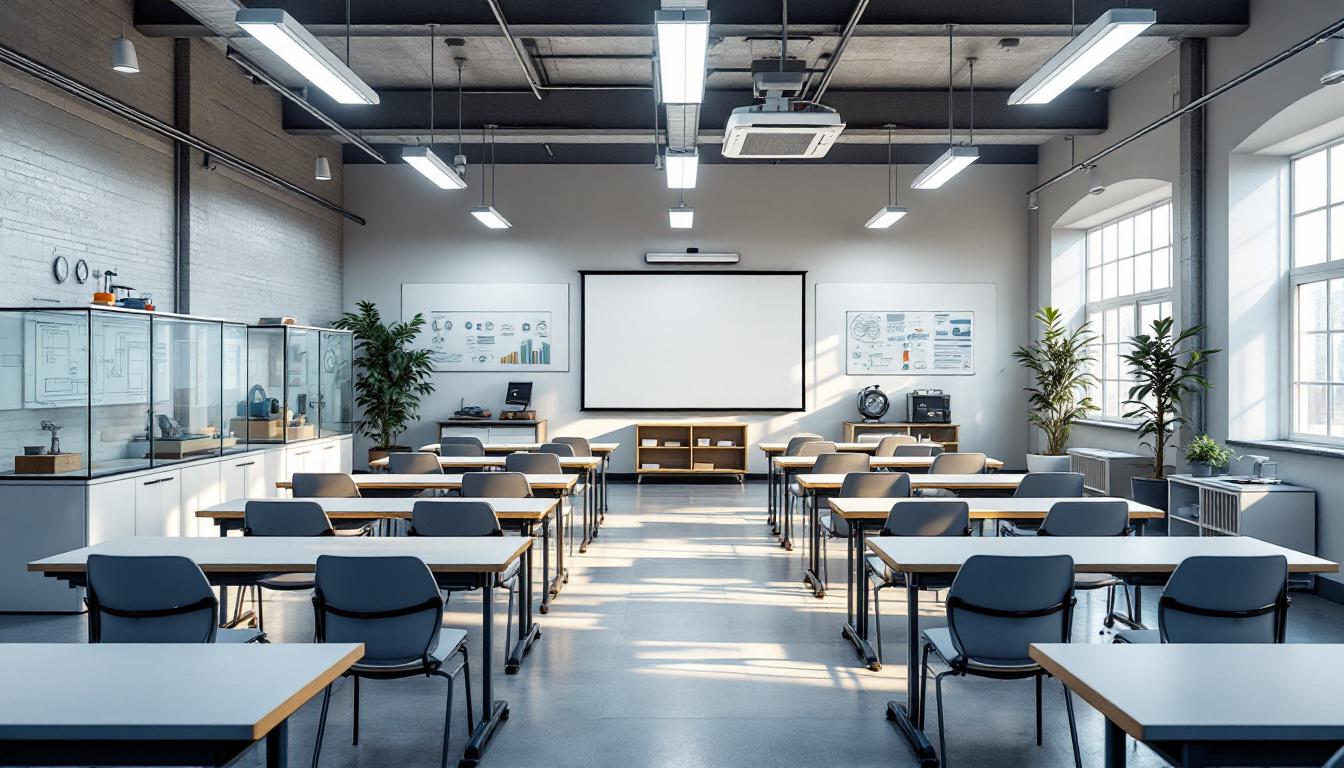
About Federal Detention Center, SeaTac
Educational programming, vocational training, and comprehensive reentry support form the foundation of services at FDC SEATAC, WA, where individuals work toward successful community reintegration while serving their sentences. This WA correctional facility operates within the broader framework of the federal detention system, providing structured opportunities for personal development and skill-building that typically extend beyond basic incarceration requirements.
Located in the Seattle metropolitan area, the facility generally maintains programs designed to address the diverse needs of its population while contributing to regional public safety objectives. Individuals services may include educational advancement opportunities, substance abuse treatment programming, and pre-release preparation that often focuses on employment readiness and community connections. The facility's position within Washington's correctional landscape typically allows for coordination with local organizations and agencies that support successful transitions back into Pacific Northwest communities.
Through its rehabilitation-focused approach, this correctional facility generally emphasizes measurable outcomes that benefit both participants and the broader Seattle region. Programming often includes life skills development, mental health support services, and structured activities that may help individuals address underlying factors contributing to their incarceration. These comprehensive services typically work together to create pathways toward reduced recidivism and enhanced community safety throughout the Pacific region.
Programs & Services
The extensive range of opportunities at FDC SeaTac reflects a comprehensive approach to individual development that addresses multiple facets of personal growth and preparation for successful reintegration. This multifaceted programming philosophy recognizes that meaningful change occurs through diverse pathways, whether through skill acquisition, educational advancement, or therapeutic intervention. The facility's commitment to providing varied opportunities ensures that individuals can engage in programming that aligns with their specific needs, interests, and long-term goals.
Educational services form a cornerstone of the available opportunities, with adult basic education programs helping individuals strengthen foundational academic skills and work toward important educational milestones. These educational initiatives often complement vocational training opportunities that may include HVAC certification programs and carpentry instruction, providing individuals with marketable skills and industry-relevant knowledge. The combination of educational and vocational programming creates pathways for participants to develop both academic competencies and practical trade skills that can support their future employment prospects.
Support services and therapeutic opportunities further enhance the comprehensive nature of programming available to participants. Work programs typically provide structured environments where individuals can develop professional skills and work habits while contributing to facility operations. Also available are mental health counseling services that address psychological well-being and help individuals develop coping strategies and emotional regulation skills. These therapeutic interventions, combined with ongoing vocational programs, create a supportive framework that addresses both practical skill development and personal wellness, fostering an environment where individuals can work toward positive behavioral change and successful community reentry.
Daily Life & Visitation

The sound of morning announcements typically marks the beginning of each day for individuals housed at FDC SeaTac, as the facility operates on a structured schedule that balances security requirements with opportunities for personal development. At present, the daily routine actively incorporates count times, meal periods, and designated hours for various activities that help maintain order while supporting rehabilitation goals. Generally, individuals wake early and participate in formal counts before proceeding to breakfast, followed by work assignments or programming activities that may include educational classes, counseling sessions, or vocational training opportunities.
Living accommodations at the facility typically consist of housing units designed to meet federal standards, where individuals may share cells or dormitory-style spaces depending on their security classification and available capacity. Also, the dining arrangements usually involve scheduled meal times in common areas, with menus that aim to provide balanced nutrition while accommodating various dietary needs and religious requirements. Personal property allowances generally permit individuals to maintain some personal items, and commissary services often provide access to additional food items, hygiene products, and writing materials that can help maintain connections with family and support personal well-being.
However, daily life extends beyond basic necessities to include recreational opportunities that may offer structured physical activities, library access, and television viewing during designated hours. Work assignments typically provide individuals with opportunities to develop job skills while contributing to facility operations, ranging from kitchen duties to maintenance tasks and clerical work. Family connections remain important through visitation programs and communication options that usually include phone calls and correspondence, though these services operate within security guidelines that help ensure facility safety while supporting meaningful relationships with loved ones on the outside.
Ready to Connect?
Start communicating with your loved one today
Search for an Inmate
